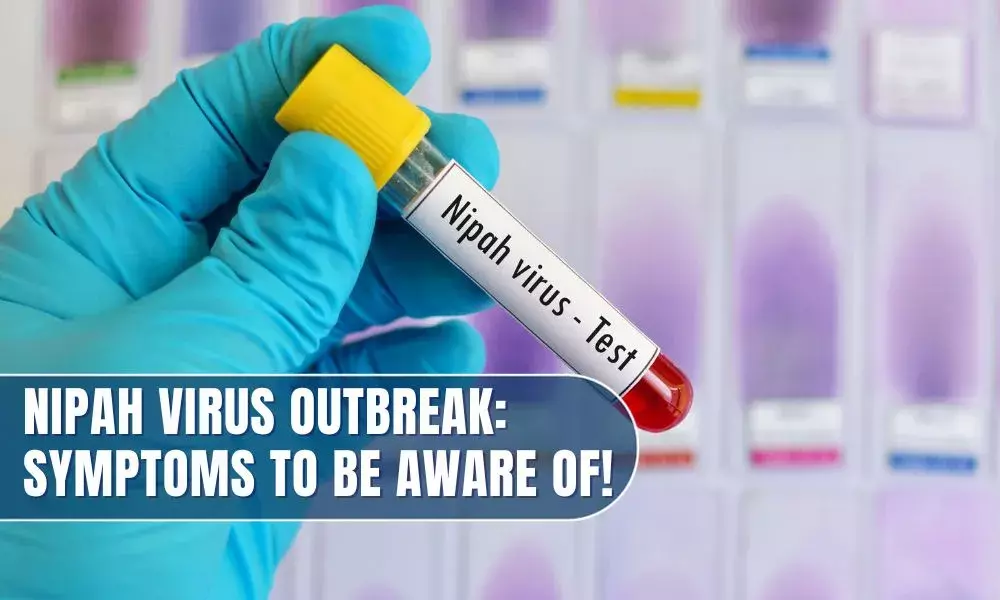According to recent news, there has been an increasing trend in the mortality rate of certain cancers common in women only.
Globally, cancer is the second most lethal non-communicable disease after cardiovascular disease, accounting for about 9.9 million deaths in 2020 across the globe. Around 9% of all these cancer deaths occurred in the Indian population.
Analysis of mortality trends of 23 major cancers in the Indian population was conducted, and it indicated that cancer killed 12.85 million Indians between 2000 and 2019*.
This study reveals that the deaths caused by certain cancer types are increasing in India. These cancer types are; breast cancer, gallbladder, lung cancer, lymphoma, colorectal, multiple myeloma, mesothelioma, and cancer of the pancreas and kidney between 2000 and 2019.
The study has also revealed that the cancer mortality trend in India has decreased by 0.19 percent annually among men but increased by 0.25 percent among women, which means the mortality rate in women is higher than in men.
This could be due to environmental and genetic factors. Cancer is, at times, a genomic disease. Studies have shown the BRCA1 or BRCA2 genetic mutation are at an increased risk of breast, ovarian, and pancreatic cancers.
Many women may be diagnosed late because of a lack of awareness and reluctance to go to doctors. The delayed treatment increases women’s risk of cancer-related death.
Among all the cancer types prone in women, Cervical cancer can be easily dealt with. It is primarily caused by the human papillomavirus (HPV). It accounts for nearly 23% of all cancers among women in India. Most cervical cancers are caused by the virus HPV, a sexually transmitted infection. HPV spreads through sexual contact (oral or vaginal) and can lead to cancer.
Cervical cancer is the second most common cancer among women in India, accounting for a quarter of deaths among women suffering from cancer.
Women need to be highly cautious about their health. Here are certain measures that can help reduce the risk of cancer:
-
Regular screenings can help identify cell changes before they become cancerous. The HPV vaccine can help prevent HPV infection by protecting against the HPV that causes up to 90% of all cervical cancers.
-
Self-examining breasts, mammograms post forty years, and other important gynaecology-related screenings must be done regularly. A pap smear, also called a pap test, it is an exam that a doctor uses to test for cervical cancer in women.
-
Breastfeeding can lower breast cancer risk, especially if a woman breastfeeds for longer than 1 year. Therefore, make sure you breastfeed your baby.
-
Avoid smoking and consuming alcohol. Smoking can cause cancer almost anywhere in the body. If you don’t smoke, make sure you stay away from other people’s smoke too.
-
Practising a healthy lifestyle and consuming a balanced nutritional diet is vital.
-
About 40% of all cancers are associated with overweight and obesity. Maintaining a healthy weight, exercising and staying physically active throughout the day is important.
-
Avoid birth control pills, particularly after age 35.
-
Stress management is important. Women must prioritize their health and practice meditation or yoga to avoid stress.
-
People who use estrogen hormone therapy for menopause symptoms may be more prone to estrogen-dependent cancers. Avoid Hormone Therapy for menopause as it may trigger certain cancer-related factors.
-
Know your family history well, and discuss your risk factors with your doctor to devise preventive strategy.
-
Protecting skin from overexposure to sunlight can reduce the risk of skin cancer.
Data Source: https://rb.gy/dzrit




